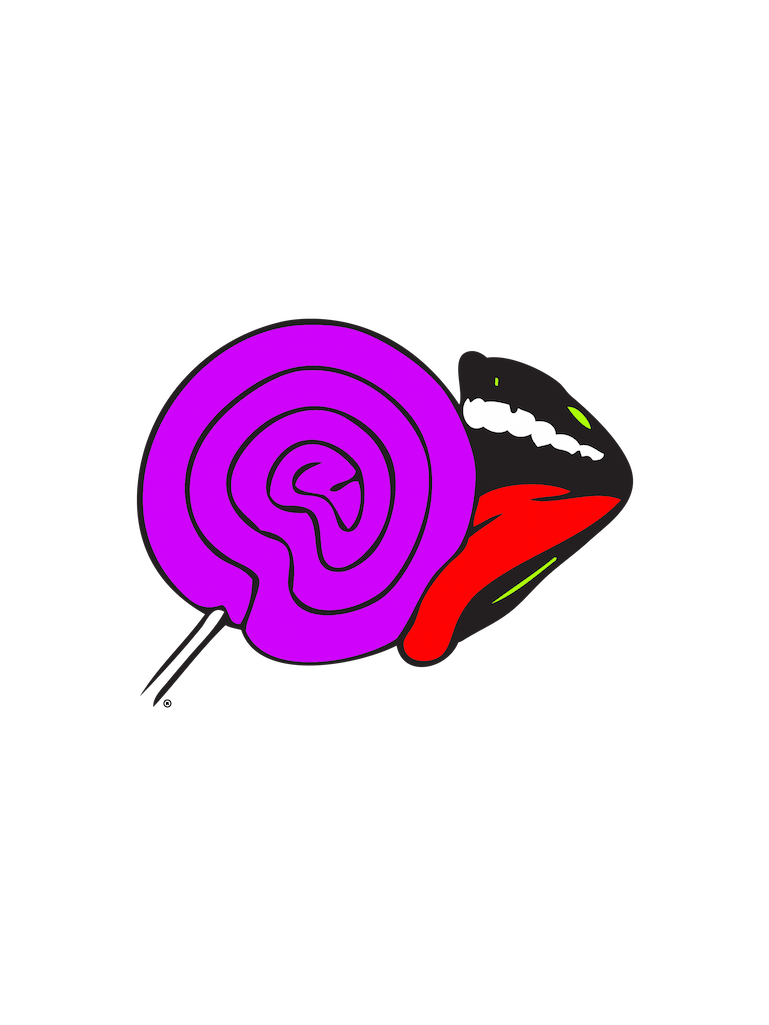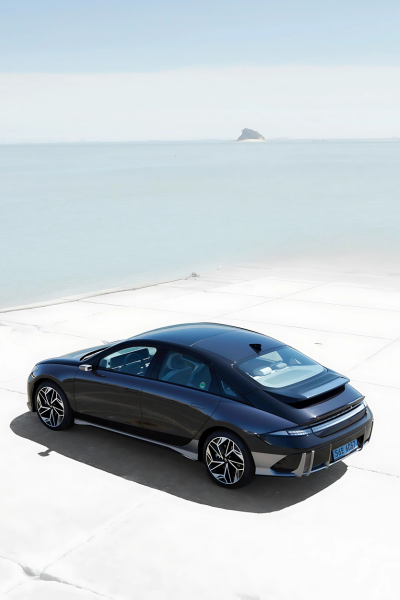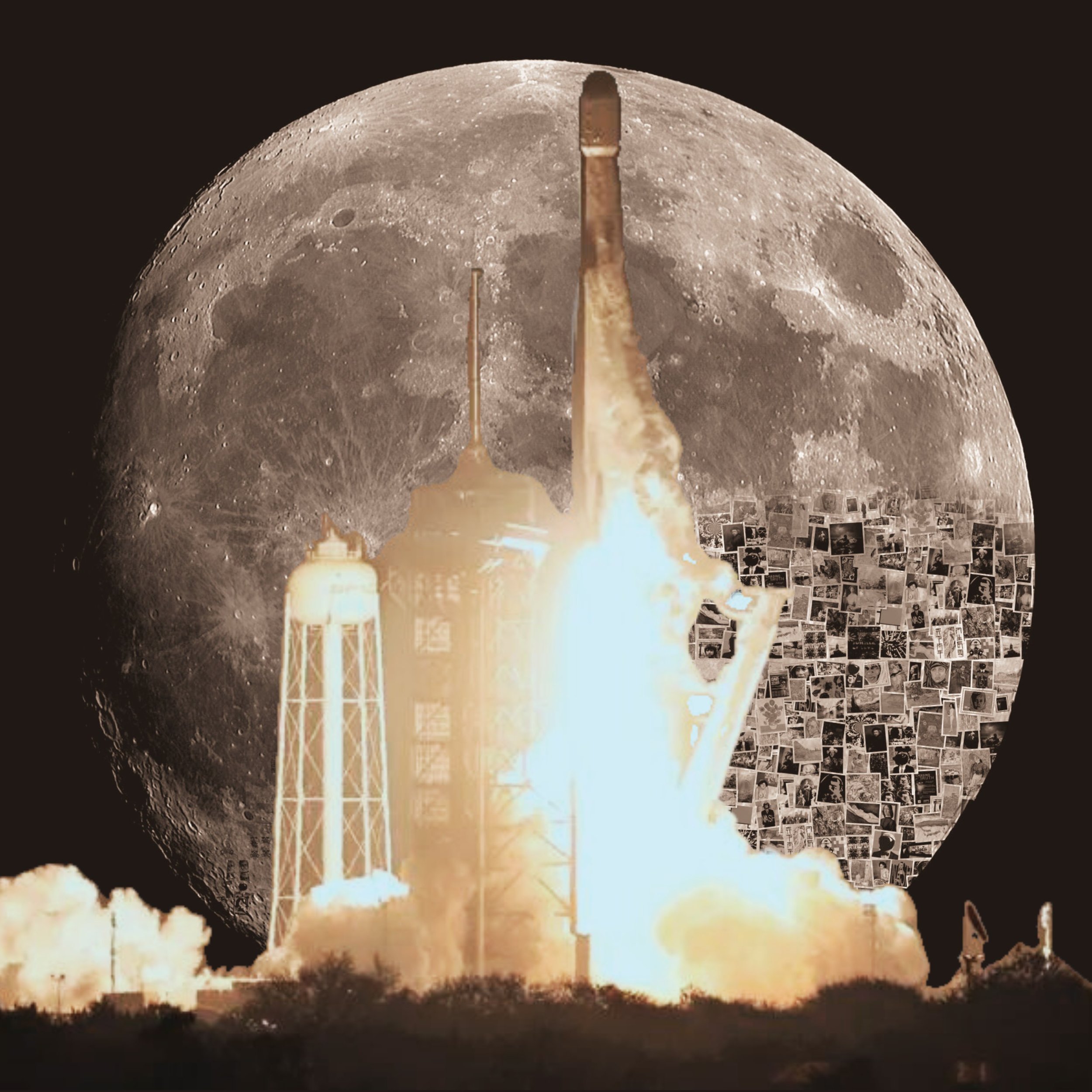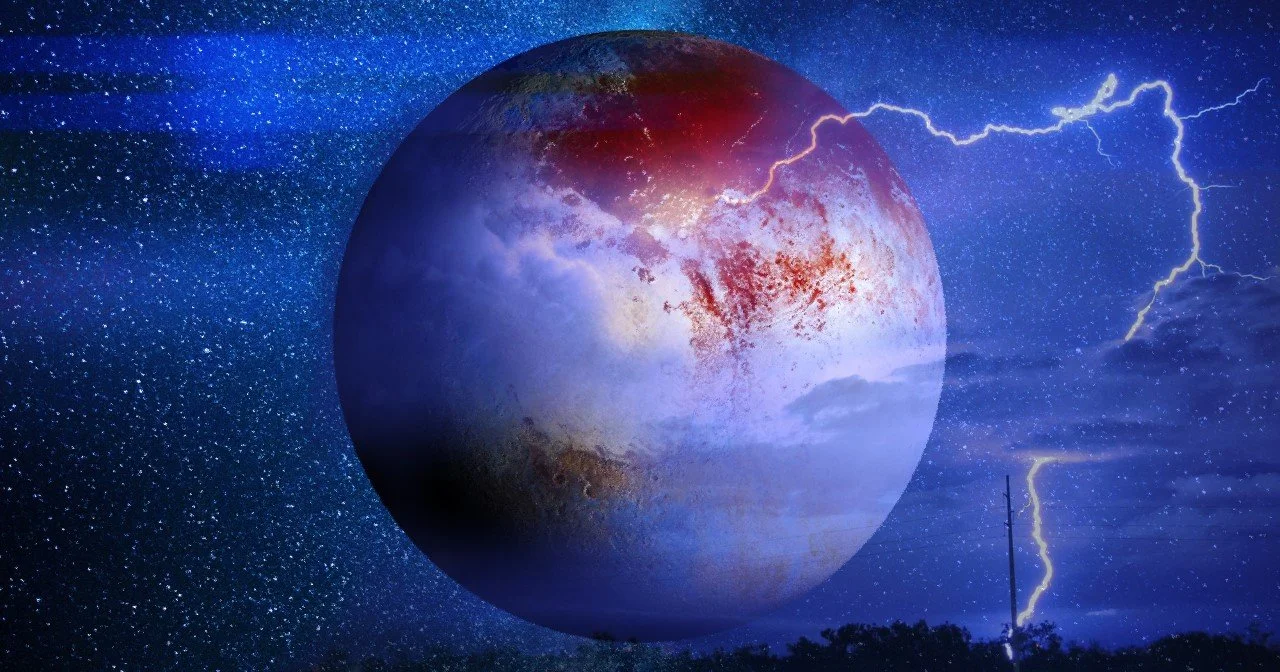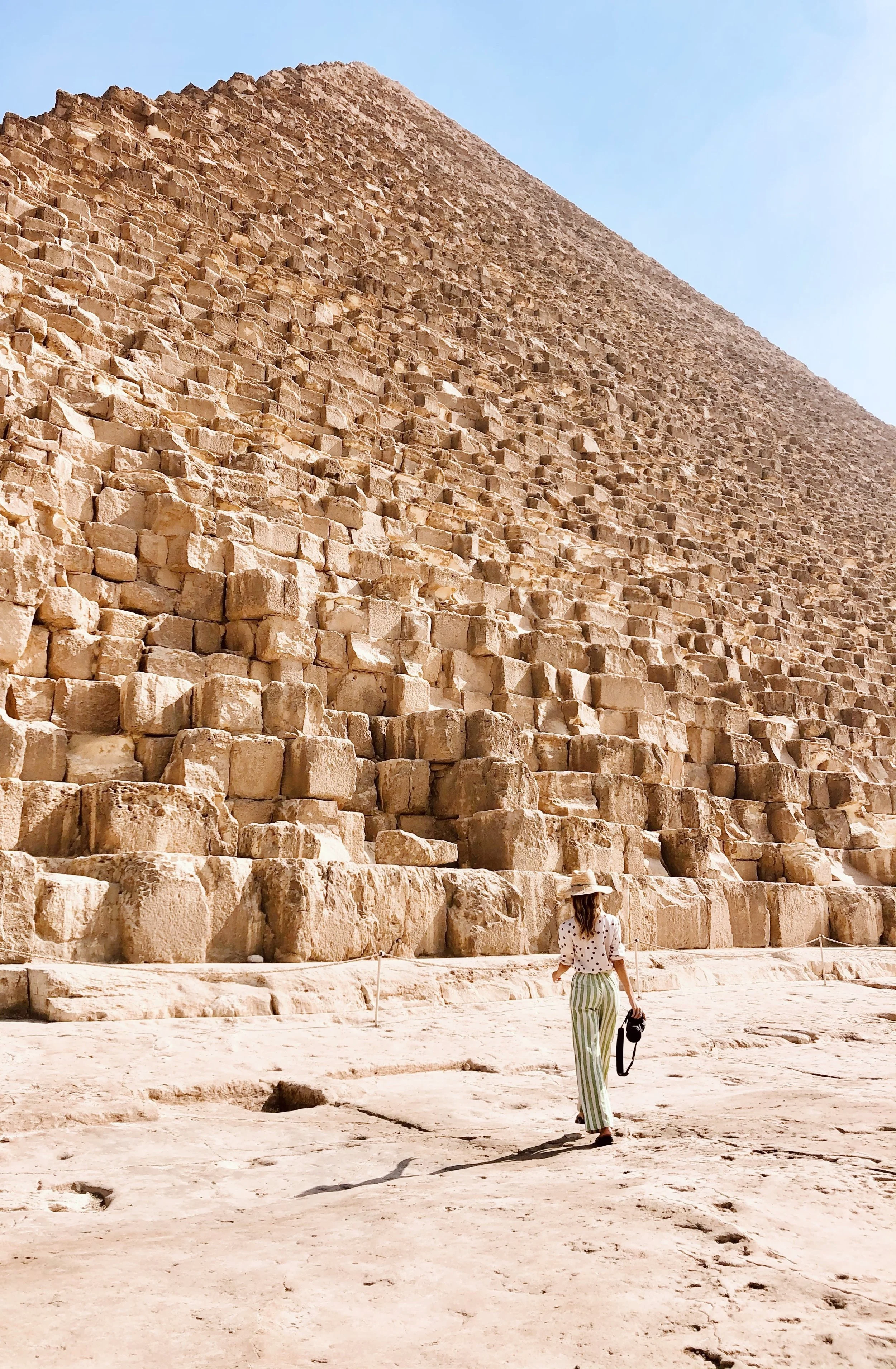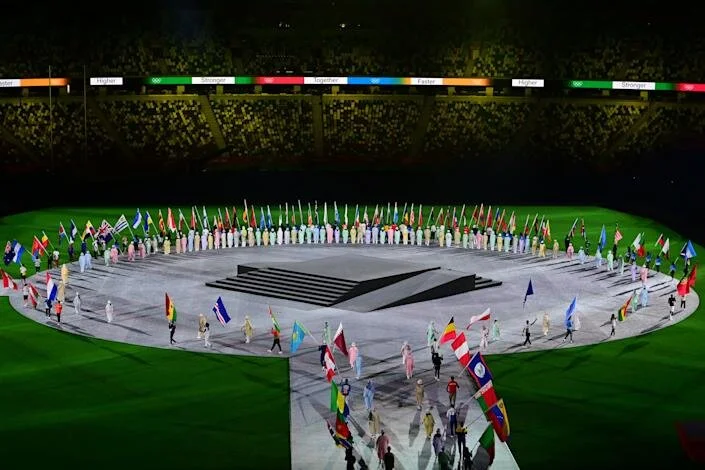Do Goldfish Poop and Pee? Lets Find Out.
I loved going to carnivals with my family years ago and, I had fun playing the midway games. I was good at playing the Carnival Fish Bowl game and won 2 goldfish.
I bought a larger fishbowl for them but after a week, the water looked gross and it smelled bad why? I knew goldfish pooped because I watched as it came out from under the fish and leave a mess in the bowl.
So, I figured if they poop then they pee. Do goldfish poop and pee?
Yes! Goldfish poop and pee.
I found out from fish experts that fish eliminated urine a different way. Under the goldfish in the area between the abdomen and the tail fin is a tiny opening called the vent where poop, in the form of dark-colored tiny pebbles, is eliminated.
Urine would be expelled through the gills however; it can’t be seen but was in the water as ammonia. I cleaned out the goldfish bowl but the same thing happened again and worse, the water had a very bad smell.
I loved my goldfish so; I bought a ten-gallon aquarium to give them a bigger home. I also picked up some books to learn about goldfish, their anatomy, and how their process of elimination works.
This post was created to discuss the fact that goldfish do poop and pee in greater detail. Goldfish anatomy and biology: how they do what they do To understand how goldfish poop and pee, we need to learn about goldfish as well as other tropical fish.
Like any other animal, we need to learn about their anatomy and how their bodies function in order to properly care for them since they are delicate and some types of fish need special care. we need to learn how they live, the type of environment they need in order to prepare a suitable aquarium environment.
Goldfish external and internal anatomy, where the pee and poop production begins The way to understand how poops and pees begins with learning how their digestive systems work when food and water are received. In the case of goldfish, the process begins at the mouth and the process of digesting food and water is as follows:
• Food received at the mouth is chewed and water received goes to the pharynx located at the back of the mouth and will be ground up in smaller crumbs by pharyngeal teeth below the pharynx and helped by the chewing surface which acts as a hard palate.
• Incidentally, the water goldfish drink is absorbed by an osmosis process where water is broken down into a form that can be digested.
• Goldfish do not have stomachs so the food and water will go to the intestines into a pocket called the intestinal bulb, that acts as a stomach, is where food will be stored where it will be broken down further by liver enzymes that will get fats and carbohydrates. The caudal intestine, the second half of the intestines will absorb the food’s protein.
• The water the fish takes in will go to the kidney’s where the excess water becomes urine containing ammonia will leave goldfish’s body from the teleost gill located at the gill cover. This, putting it in simple terms, is where the goldfish pees.
• The poop, which looks like dark-colored short pencil lead like pieces, leaves the intestines at a very tiny opening near the tail fin called the vent.
Facts about goldfish poop production and elimination issues When I fed my goldfish, I thought to see dark-colored strings that came out tiny then became longer until it fell off was normal until I read some books on keeping goldfish and tropical fish.
The information I got said, I wasn’t feeding them properly. In fact; I overfed them which was causing them to get constipation. Goldfish like all animals can have waste issues.
The facts on goldfish poop are as follows:
• Goldfish produce large amounts of solid waste because they don’t have stomachs.
When the fish eats, it goes right to the intestines where nutrients are extracted and the remainder gets excreted out of the vent.
• Solid waste should come out of goldfish as small pellets that are the same color as the food the fish is fed. Long string poop and abdominal bloating are symptoms the fish is constipated according to an article on the Goldfisho website.
• Goldfish can die of constipation because the blockage could cause rips in the intestines as the poop tries to move.
Treatment for constipation is to feed goldfish food that contains high amounts of fiber to cause solid waste to flow out with little effort. Feed them food like peas, tiny pieces of cucumber, and lettuce more and flakes, pellets, and bloodworms occasionally.
• Overfeeding can become an issue very fast because the more you feed them more they poop. and it will affect the amount of goldfish poop in the aquarium.
Goldfish by nature are called opportunity eaters meaning they eat every time they see you with the food canister.
Fish care books tell owners that fish should be fed a very small amount 2 to 3 times a day.
• The accumulation of solid waste in an aquarium would cause a decrease in water quality and a build-up of bacteria that will grow and multiply as it feeds on the goldfish fecal matter which is bad for their health.
Goldfish urine production Now that we know goldfish can pee, their urine contains nitrates and ammonia. Those chemicals by themselves over a short period of time would build up in the aquarium water causing the goldfish to suffocate from lack of oxygen.
The symptoms of that build-up are burns to the gill, fins and other areas of fish as well as their gasping for air by staying at the top of the waterline. Important things to consider: aquarium care for goldfish Aquarium care is where the majority of goldfish owners most often fail at.
I am sorry to say that I was one of them.
I was a teenager when I got my first aquarium for the fish I won at the carnival. I bought a ten-gallon aquarium, lid, air pump, filter, colored gravel, plastic plants and I thought I was all set.
Wrong!
Cleaning out goldfish waste in the aquarium without hurting the fish Goldfish generate a lot of waste so most fish care websites researched for this article agree that changing between 10% to 15% of the water weekly will keep fish healthy and ammonia levels down. Supplies needed to clean out a 30-gallon tank are as follows:
• Two buckets, one to catch the dirty water and one filled with clean dechlorinated water and let these buckets be designated only for aquarium use.
• Aquarium vacuum
• Bottle of dechlorinator solution
• Algae scrubber
• Aquarium test kit The process of cleaning the aquarium without hurting the fish is as follows:
• Take the aquarium vacuum and remove the waste under and around the gravel until you get the amount of water needed to be removed.
• Unplug and rinse out any air filters in the bucket of dirty water to remove extra debris, place them back in the aquarium then plug the tank air filter in
• Use the algae scrubber to clean all the glass sides of the aquarium but leave a small amount of algae behind because it naturally helps keep ammonia levels down.
• Use a thermometer to see the temperature of the freshwater matches the water temperature in the fish tank. If the temperatures are pretty much the same and the fish are already in the tank, then slowly pour the freshwater in.
• If it’s a situation where the fish were removed, then pour the water slowly in the tank and if the water temperature is the same, then gently place the goldfish back in their nicely cleaned home
